How long does homemade bread last? Learn the best ways to extend the shelf-life of your favorite homemade bread and how to store it for the best results.
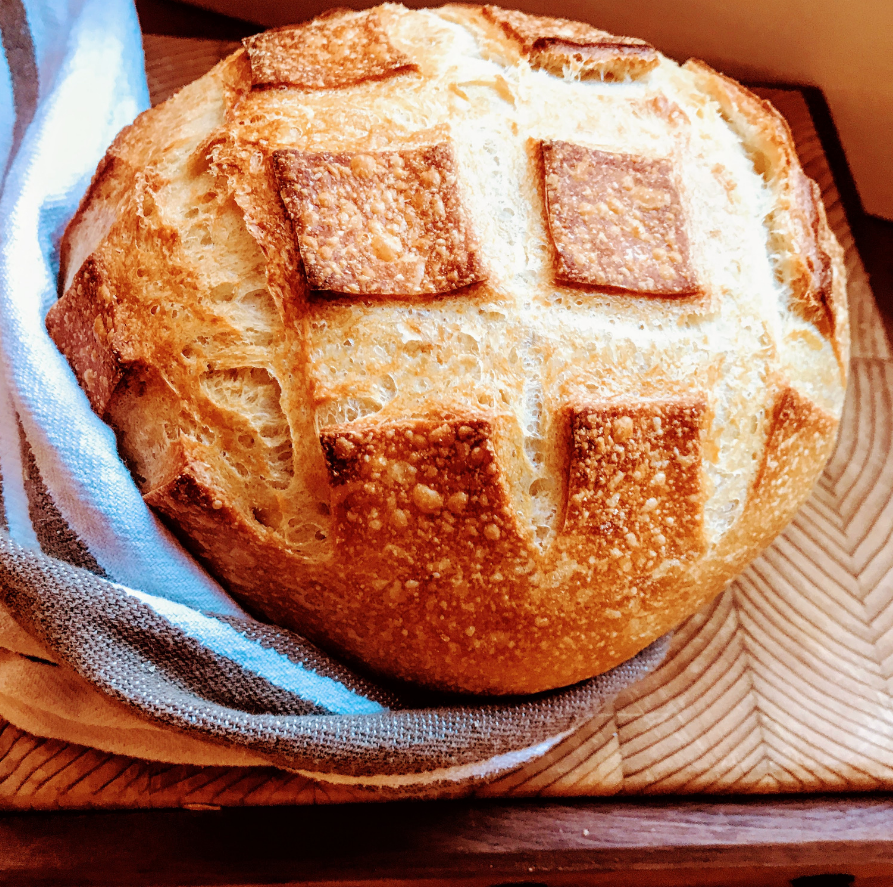
Few things compare to the satisfaction of slicing into a freshly baked loaf of homemade bread. The warmth, the aroma, the anticipation of that first bite – it's an experience that never gets old.
But how do you maintain that freshness beyond the first day?
Let's explore the best ways to store your homemade bread to make sure it stays delicious for as long as possible!
The best way to have soft bread is to start with a great recipe. In this post for Easy 5 Ingredient White Bread, I share tips for making a loaf of bread that is just as soft as store-bought bread!
How long does homemade bread last?
Concerned about your homemade bread spoiling before you can finish it? The ideal storage method differs based on the type of bread you have. Check out these recommended storage methods for various types of bread.
Baguette shelf life
A baguette is a long, thin French bread with a crispy crust and soft inside. Here is the recommended storage to help maintain the crispy crust of a baguette.
Storage Method: Use a breathable container like a paper bag or linen bread bag (this one is designed for long bread).
Why: Allows air circulation while protecting the crust.
Baguette Shelf Life: Typically lasts for 2 to 3 days when stored properly.
Sourdough shelf life
Sourdough bread is a type of bread made from a fermented dough using naturally occurring yeast and lactobacilli bacteria. It has a distinct tangy flavor and chewy texture due to the fermentation process. Sourdough bread is known for its crusty exterior and soft, airy interior.
Storage Method: Store in a cool, dry place in a bread box or airtight container.
Why: Maintains moisture without drying out the bread.
Sourdough Shelf Life: Can last up to 4 to 5 days when stored correctly.
In this recipe post for making sourdough pizza crust, I share my trick for freezing pizza dough to have pizza crust ready whenever I want!
Quick Bread shelf life (e.g., Banana Bread)
Quick bread is a type of bread that is leavened with baking powder or baking soda instead of yeast, allowing it to rise quickly. They often include ingredients like, eggs, milk, and sugar, which contribute to their moist texture.
Storage Method: Keep in an airtight container or wrap tightly in plastic.
Why: Retains moisture to prevent drying out.
Quick Bread Shelf Life: Typically lasts for about 3 to 4 days at room temperature.
Sandwich Bread shelf life
Storage Method: Place in a plastic bag or airtight container.
Why: Preserves softness and freshness by sealing out air.
Sandwich Bread Shelf Life: Generally lasts for about 5 to 7 days when stored properly.
By following these suggestions, you can keep each type of bread fresh and delicious for the recommended durations.
With this recipe for Dave's Killer Seed Bread,you can make two loaves of this multigrain seed bread for about half the price of store-bought bread.
How to properly store bread
When it comes to homemade bread, proper storage is key to preserving its quality. Unlike store-bought bread loaded with preservatives, homemade loaves are free from additives and thus more susceptible to staleness and mold growth if not stored correctly.
Choosing the Right Storage Method
Room Temperature vs. Cold Temperature
One of the first decisions to make is whether to store your bread at room temperature or in the refrigerator. While room temperature storage is ideal for maintaining the freshness and texture of most bread types, certain varieties like sourdough and crusty loaves fare better in cooler temperatures.
Linen bread bags
A linen bread bag is specifically designed for keeping bread fresh. It's typically made of linen fabric, which is breathable and allows air circulation while protecting the bread from dust and light.
Linen bread bags come in various sizes to accommodate different types of bread, from loaves to rolls. They often feature a drawstring closure or a flap to secure the bread inside.
The breathable nature of linen helps prevent moisture buildup, which can lead to mold growth or the bread becoming stale too quickly. Additionally, linen bread bags are reusable and eco-friendly, making them a sustainable alternative to plastic bags or wrapping.
A linen bread bag is a practical way to store bread, keeping it fresher for longer and reducing food waste.
Paper Bags vs. Plastic Bags
For short-term storage, wrapping your bread in a paper bag is a good idea as it allows the bread to breathe and prevents it from becoming too moist, which can lead to mold growth. However, if you plan to keep your bread for more than a couple of days, opt for a plastic bag or airtight container to retain moisture and prevent staling.
Airtight Containers vs. Bread Boxes for bread storage
Airtight containers and bread boxes are great options for storing bread because they provide a controlled environment that helps delay the staling process. Here's how to tell which is right for you:
Airtight container storage
- Keeps bread fresh longer by sealing in moisture.
- Protects bread from pests and contaminants.
- May make bread softer if not cooled completely before storing.
- Takes up more space.
Bread box storage
- Allows bread to breathe, preserving its texture.
- Adds to kitchen decor and keeps bread handy.
- May not be as effective in very dry climates.
- Less protection against pests.
If you want bread to stay soft and have space, use an airtight container. If you like crusty bread and want a stylish option, use a bread box. Ultimately, your choice depends on personal preference and your bread type.
How to freeze homemade bread
Freezing bread is a great way to extend its shelf life and ensure that you always have fresh bread on hand. Here's how to freeze bread for the best results:
- Cool Completely: Allow the bread to cool completely to room temperature before freezing.
- Wrap Properly: For whole loaves, first wrap them tightly in plastic wrap or aluminum foil then double wrap by storing the wrapped loaf in a Ziplock bag.
- Remove Excess Air: When using freezer bags, squeeze out as much air as possible before sealing.
- Label and Date: Remember to label the bags with the type of bread and the date it was frozen.
- Freeze Quickly: Place the wrapped or bagged bread in the freezer as soon as possible after cooling.
- Stack Properly: If freezing multiple loaves or bags of bread, stack them neatly in the freezer and avoid overcrowding or squishing the bread.
- Thaw Properly: When you're ready to use the frozen bread, remove it from the freezer and thaw at room temperature.
By following these steps you can freeze bread with confidence, knowing that you'll have fresh, delicious bread whenever you need it.
What can you make from stale bread?
When your bread goes stale, don't throw it away! Here are three delicious ways to breathe new life into stale bread:
Homemade Croutons:
- Cut the stale bread into cubes.
- Toss the cubes with olive oil, garlic powder, dried herbs (such as thyme or rosemary), and a pinch of salt.
- Spread the seasoned cubes on a baking sheet and bake in a preheated oven at 375°F (190°C) for about 10-15 minutes, or until golden and crispy.
- Use these homemade croutons to top salads or soups for an extra crunch and flavor.
French Toast:
- Slice the stale bread into thick slices.
- In a shallow bowl, whisk together eggs, milk, vanilla extract, and cinnamon.
- Dip each slice of bread into the egg mixture, ensuring it's coated evenly on both sides.
- Cook the slices on a greased skillet or griddle over medium heat until golden brown on each side.
- Serve the French toast hot with your favorite toppings, such as maple syrup, fresh berries, or powdered sugar.
Bread Pudding:
- Tear the stale bread into bite-sized pieces and place them in a baking dish.
- In a separate bowl, whisk together eggs, milk, sugar, and vanilla extract.
- Pour the egg mixture over the bread, ensuring all pieces are soaked.
- Let the mixture sit for about 30 minutes to allow the bread to absorb the liquid.
- Bake the bread pudding in a preheated oven at 350°F (175°C) for 30-40 minutes, or until the top is golden and the pudding is set.
- Serve warm with a drizzle of caramel sauce or a scoop of vanilla ice cream for a comforting dessert.
With these creative recipes, you can turn stale bread into delightful homemade croutons, decadent French toast, or comforting bread pudding, making the most out of every slice!
How long does homemade bread last?
The key to keeping your homemade bread fresh lies in choosing the right storage method and maintaining the optimal conditions. Whether you prefer a crusty loaf of sourdough or a soft sandwich bread, with the proper storage techniques, you can enjoy your favorite loaf for days to come. Experiment with different methods to find what works best for your bread type and storage environment, and savor the deliciousness of homemade bread for longer.
By following these guidelines, you can make the most of your homemade bread and ensure that every slice is as fresh and delicious as the first day it was baked.

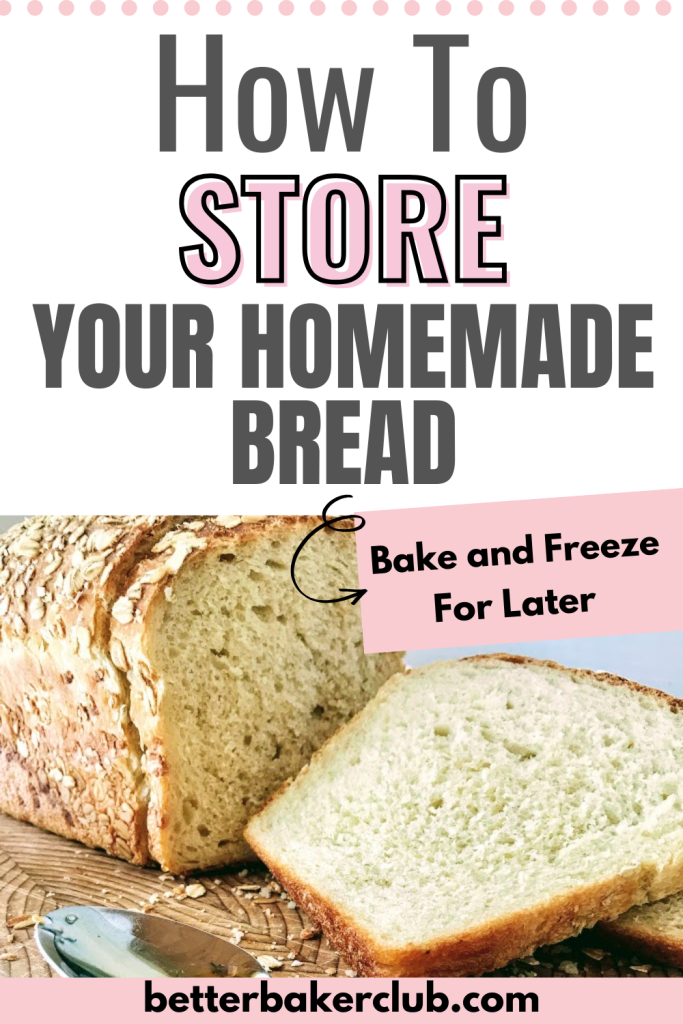
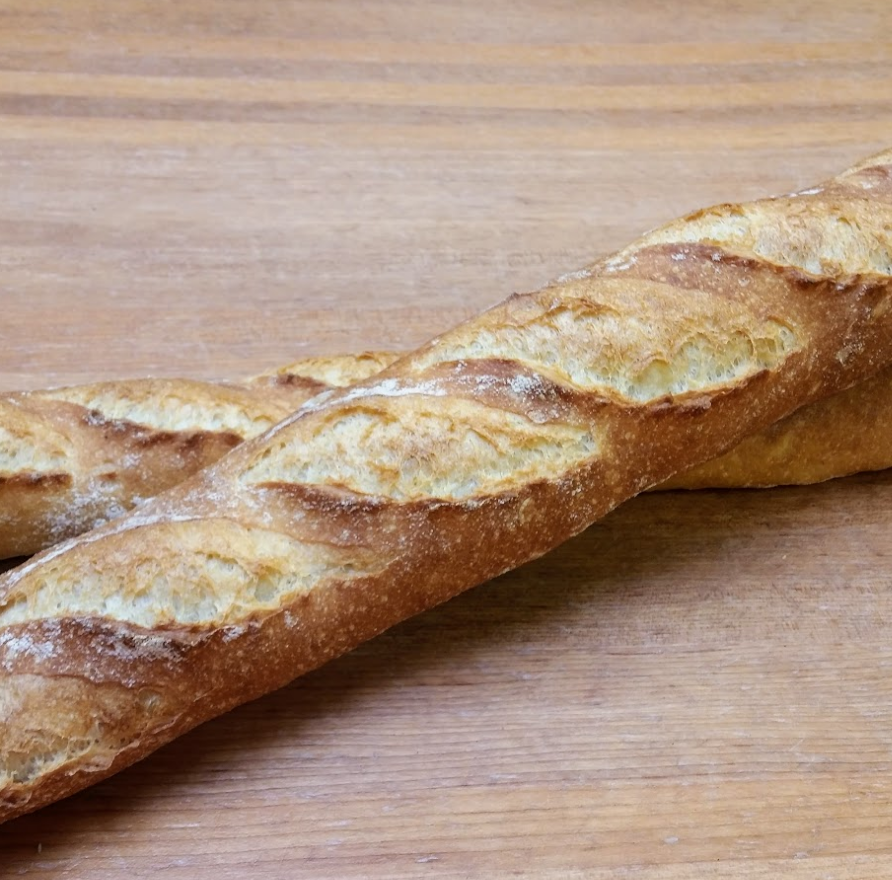
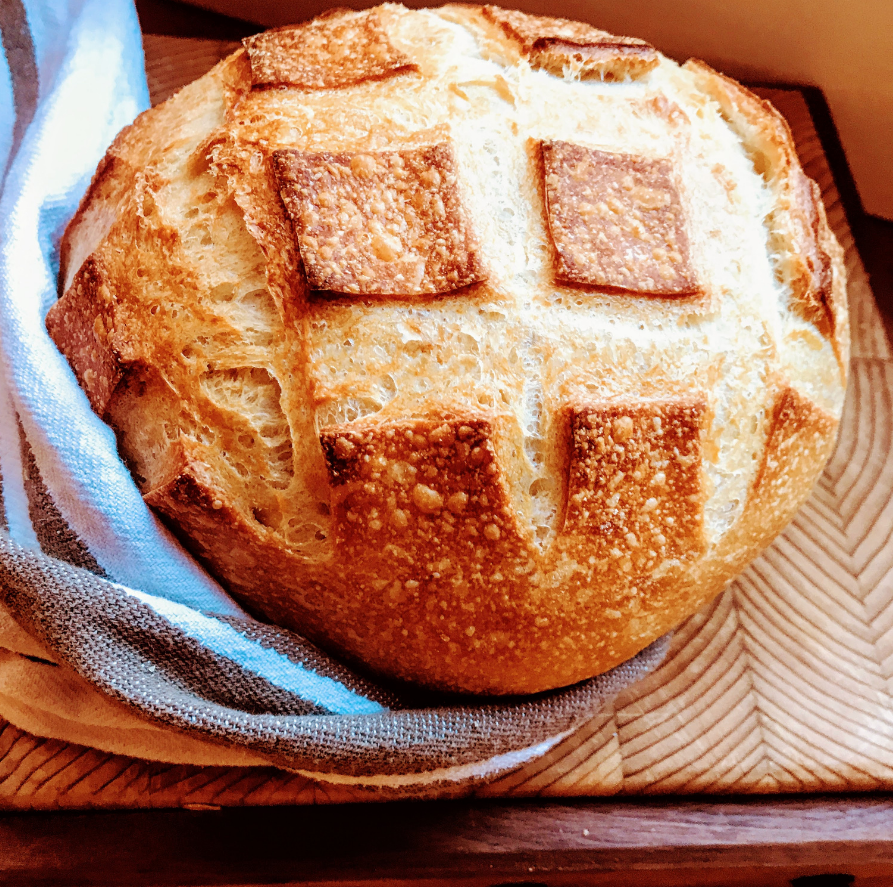
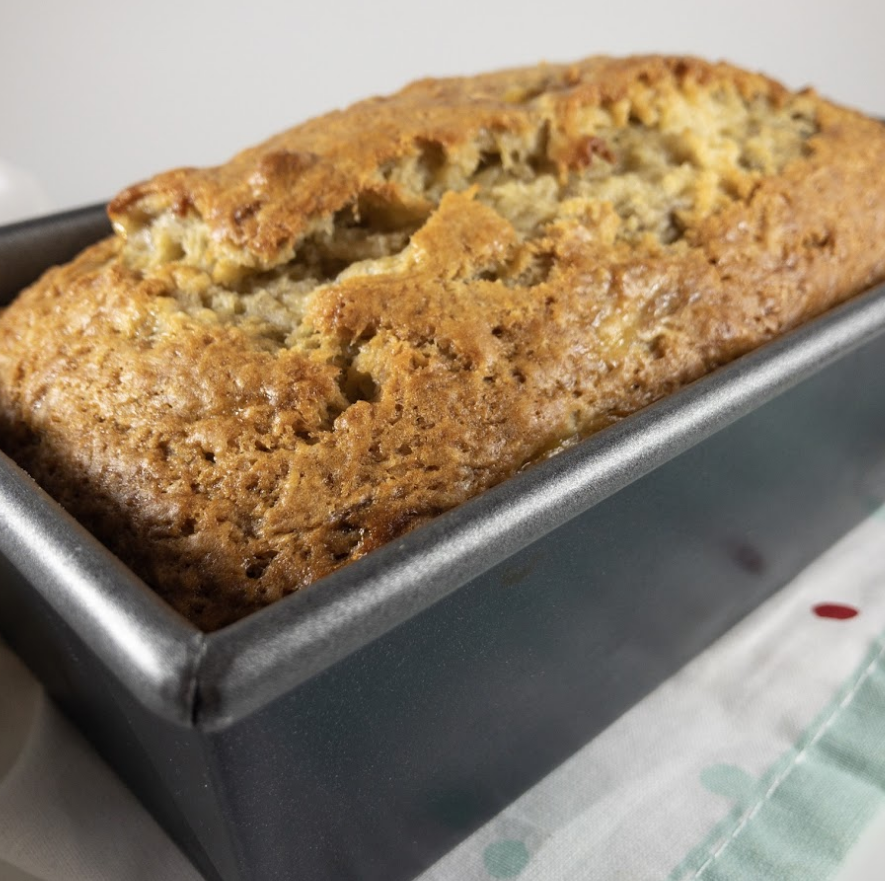
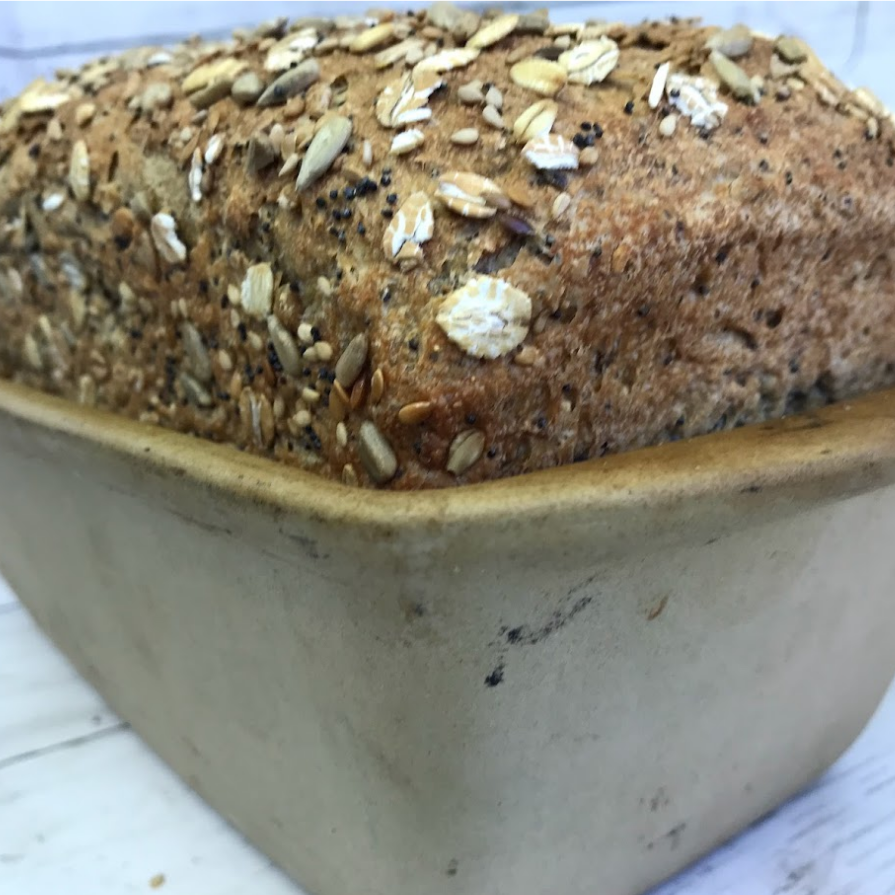

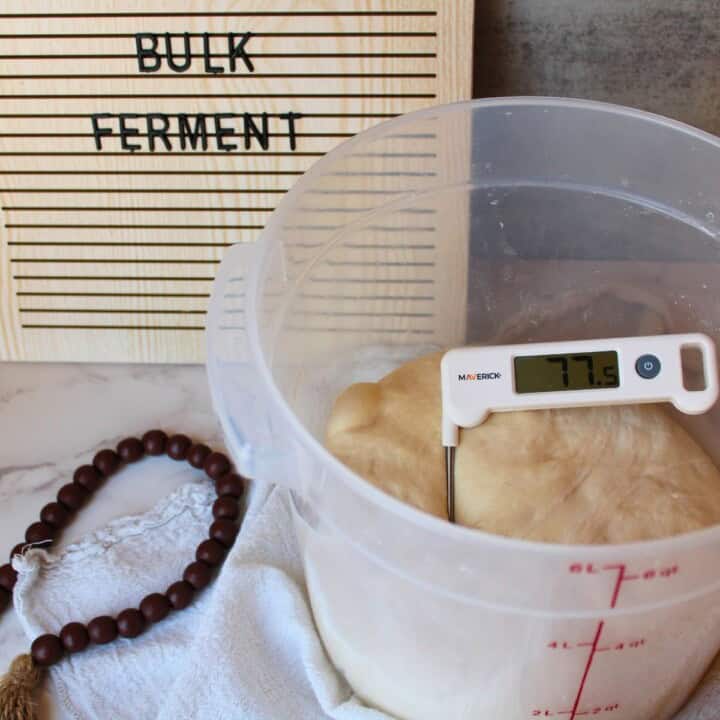

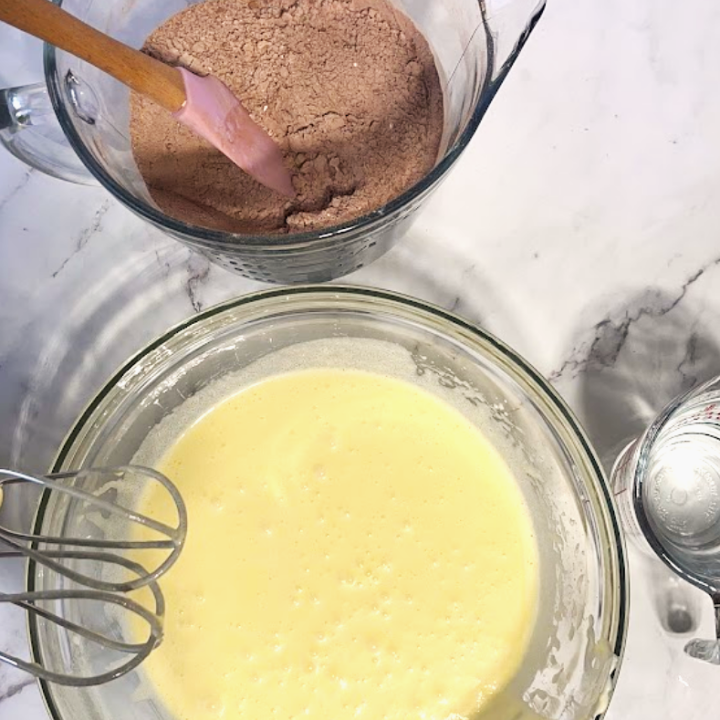
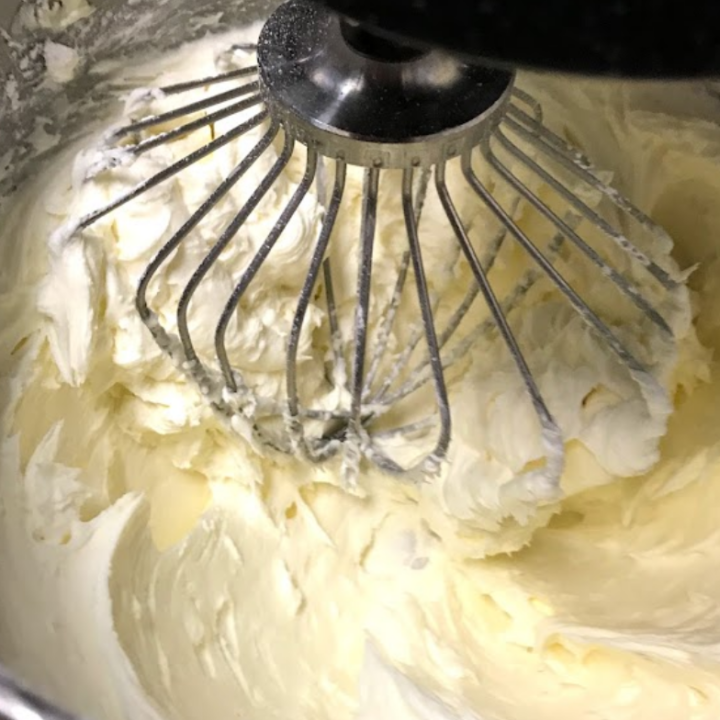
Leave a Reply